A guide to the birds of St Helena and Ascension Island – An archetype of extinction and introduction
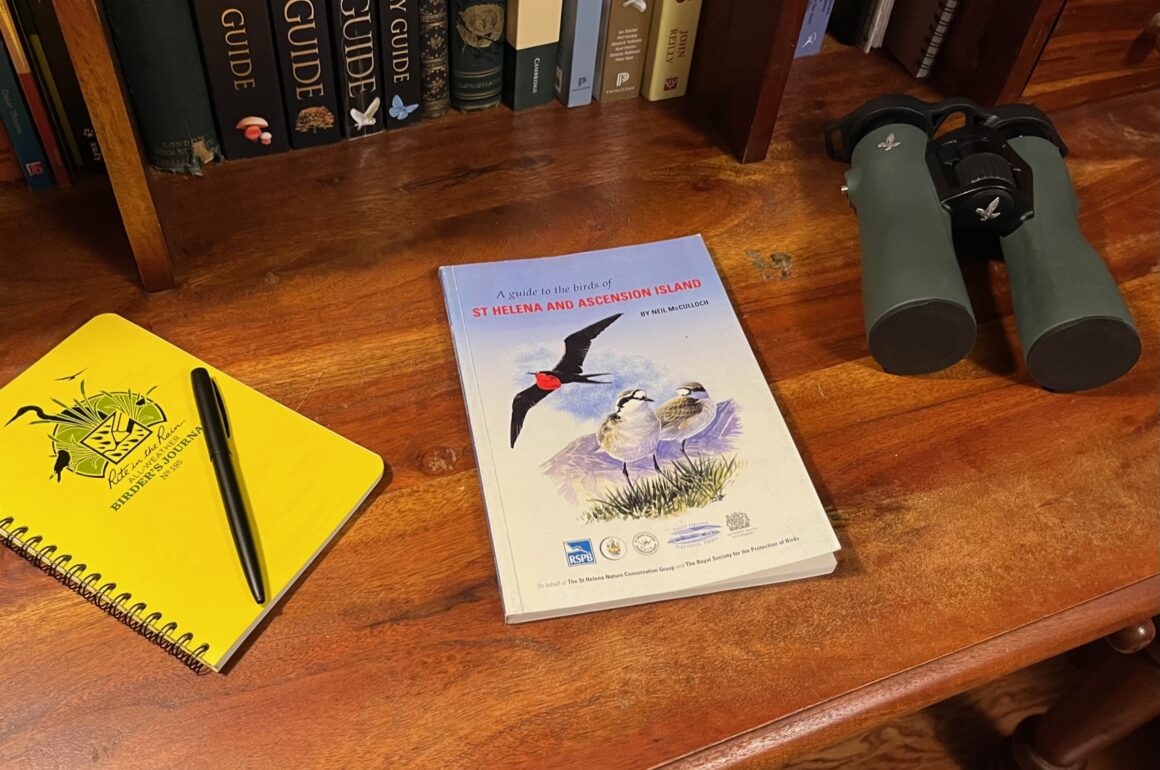
“Birds and insects, as might have been expected, are very few in number; indeed I believe all the birds have been introduced within late years” – Charles Darwin , Naturalist’s voyage around the world
I wonder if Napoleon went birdwatching during his final years in exile on the volcanic island of St Helena. I mean, what else was there to do really on an island lying far beyond any continental shelf, one of the most isolated places in the world located more than 2000 km (1200 mi) from the nearest major landmass, its only neighbours being the equally isolated islands of Ascension to the north and Tristan de Cunha to the south outside the tropics. If he was by any chance a birder I can imagine his dismay especially after realising that contrary to his anticipation of being banished to America, he was instead sent to an island in the middle of the Atlantic. Because by the time he arrived the islands were already almost treeless and nearly all of the endemic birds were as far as we know extinct.
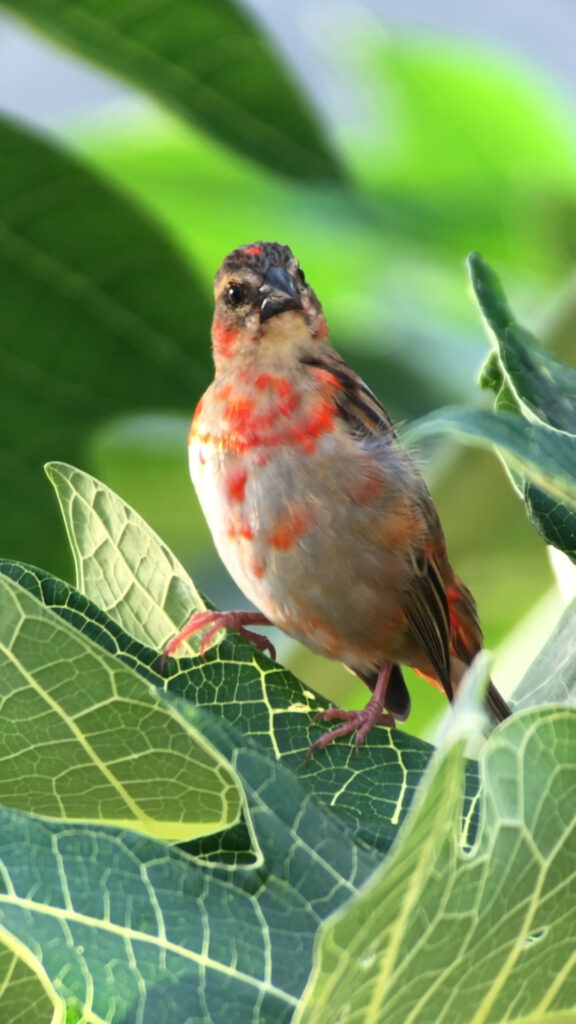
On July 8th, 1836, the “HMS Beagle” arrived at St Helena only to leave a few days later. But that brief visit was more than enough for the amateur geologist and naturalist, Charles Darwin, to realise the devastating effect the introduction of new species had on the native flora and fauna, “ The many imported species must have destroyed some of the native kinds; and it is only on the highest and steepest ridges, that the indigenous Flora is now predominant” (Naturalist’s voyage around the world).
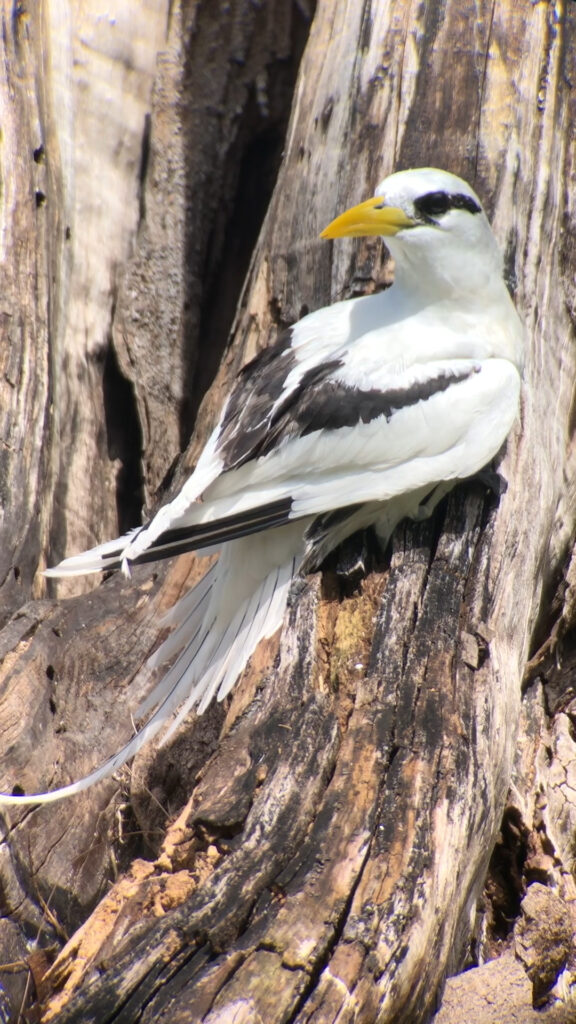
Notwithstanding the fact that nearly all of the endemics and other native species are extinct the islands of St Helena and Ascension remain very popular for birdwatchers and especially photographers because they are both major breeding sites for seabirds. BirdLife international has designated St. Helena an Important Bird Area due to its abundance of breeding birds such as noddies, terns, petrels and tropic birds along with the island’s only remaining endemic bird, the St Helena Plover (Charadrius sanctaehelenae), known also as the ‘Wirebird‘, due to its long, thin, wiry legs. This bird was probably able to survive environmental changes because it is an open country species and so actually benefitted from the loss of the island’s forests. As for Ascension, it also hosts only one endemic species, the Ascension Frigatebird (Frigata aquila), which today nests only on the summit of isolated Boatswainbird Island just offshore.
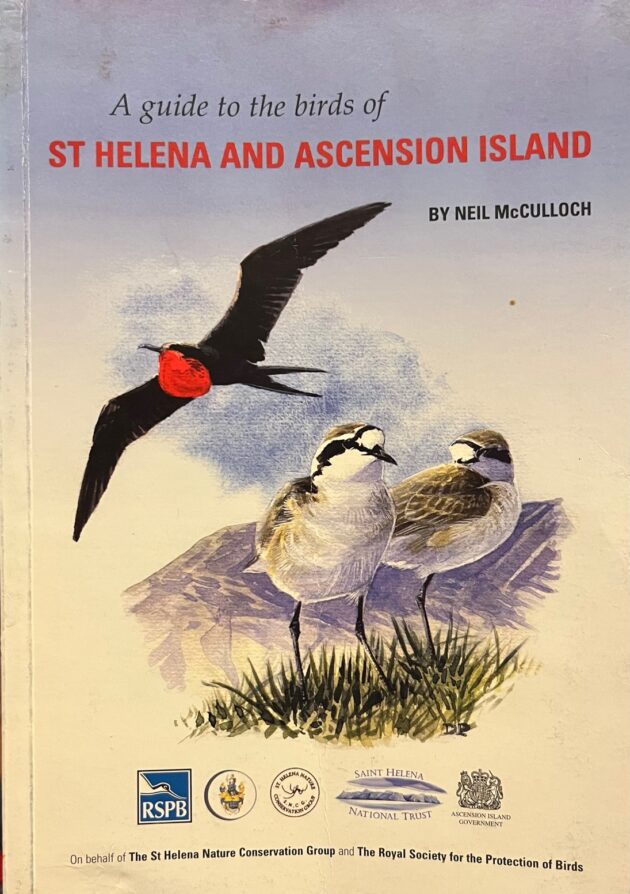
Now a little something on the book itself. The layout of the guide is somewhat slightly different than what we are used to. It does follow the general “rule” that places the introduction together with natural history at the beginning, followed by the species accounts and ending with one or more appendices. But here’s where this guide is different. First of all, the introductory segment is quite thorough, covering about twenty pages of a ninety page book. I found it to be a very interesting and satisfying read. The author clearly possesses extensive knowledge of the natural history of both islands. It begins with an overview of island birds in general and how they manage to colonise islands in the first place; then proceeds to narrow it down with describing the natural environments of the islands in question, starting with a historical perspective and ending with the present day situation (which is quite bleak in my opinion). At the end of the introduction and before the species accounts there is inserted a six page description of the best locations where you can see our feathered friends. The locations are numbered and there is a map of each island present. The species accounts are different in the sense that they are split into two parts. The first part covers seabirds (petrels, skuas, tropicbirds, noddies, frigate birds, terns and boobies) while the second part describes land birds which except for one consist entirely of introduced species (the Wirebird is St. Helena’s only surviving endemic land bird). Each species account describes the following: field identification, feeding/behaviour, nesting, similar species, recommended sites where to see the bird and its world range, the species’ history and ecology on the island(s) and the conservation status.
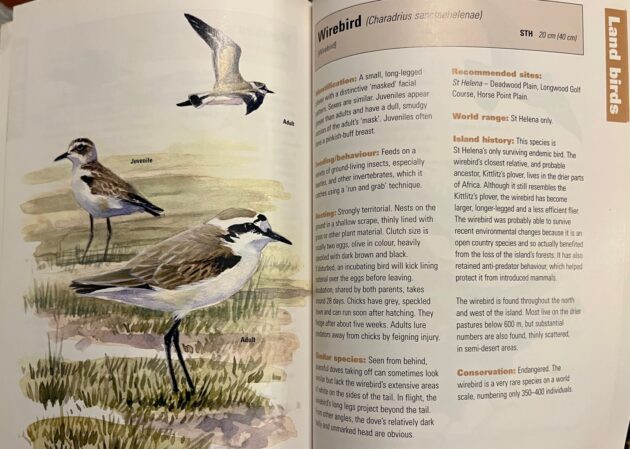
The plates are large (one species per page so it’s very pleasing to the eye) but the illustrations are somewhat more artistic than what we are used to seeing in the present popular and renown guides (Helm, Lynx, etc.). At the very end are three short appendices. The first one, and actually for me the most significant part of the whole book, describes extinct birds (both endemic and local extinctions). It is devastating to say the least. No less than 17 species have become extinct in the past 500 years. How I wish I could be in the presence of the probably flightless St. Helena Hoopoe (Upupa antaios), also known as the giant hoopoe for it was 10-20% larger than its African ancestors, but alas that will never happen. The other two appendices cover accidental visitors and failed introductions (of which there are plenty).
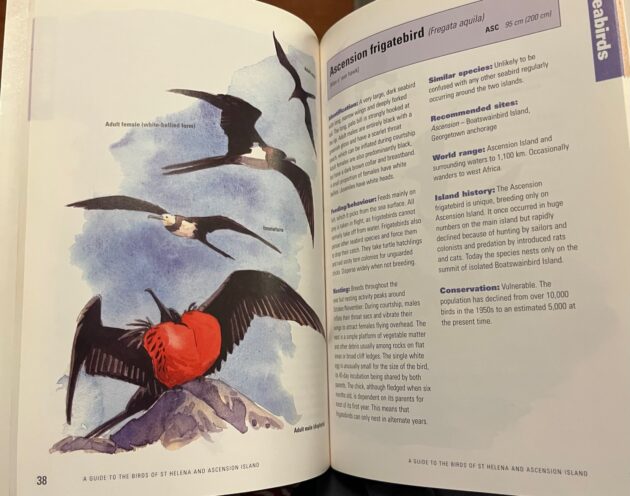
This guide is by no means essential, especially today with ebird and what not. It is quite a rare find and due to its rareness also quite pricey secondhand. If you already have more than 10,000 bird species ticked off on your life list and one of the species left for instance is the Wirebird and you are planning a trip to the islands, or if you are a bibliophile and like to have as many bird guides as possible, than this book is definitely for you. So why did I write a review for a guide such as this, a guide that only a handful of people would find useful? Because I think it is a wonderfully written book, for which I congratulate the author and thank him for giving us a glimpse of St Helena and Ascension.


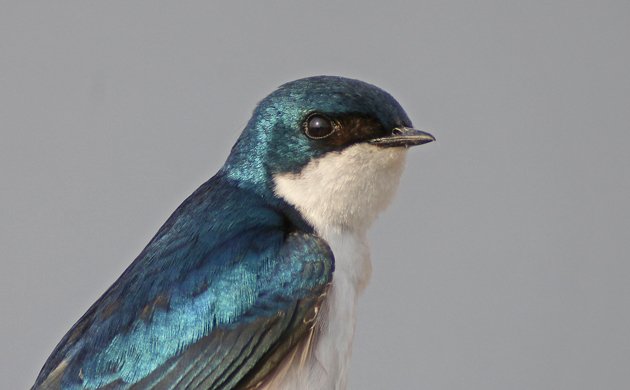
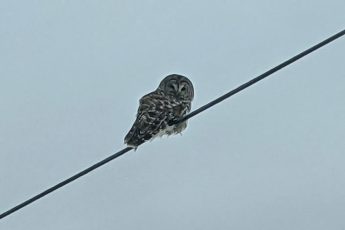
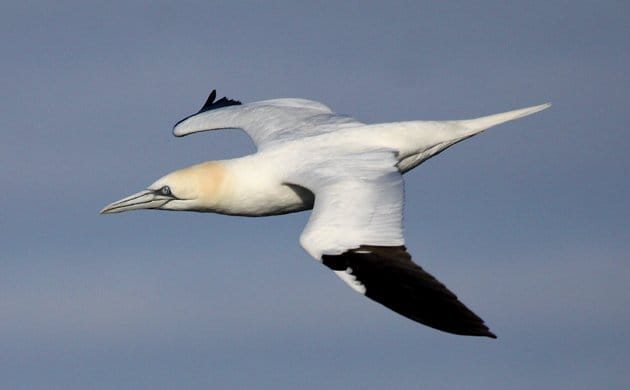

 New writers welcome – please contact us for details.
New writers welcome – please contact us for details.

















In December 1988 I spent an hour and half on Ascension Island while flying from the UK to the Falklands Islands. My diary records that the only bird I saw was an Indian Mynah, and that not a single other bird showed during the hour and half I sat in the warm sun, hoping to see something more exciting. It was a disappointing experience.
I have a request. Please provide the names of the birds pictured on the right side of your homepage. This is one of my personal obsessions. I believe that one of the bests way to learn to ID birds is to look at numerous pictures of them. That is impossible to do if the name of the bird is not there.
thanks
Jim Wilson
Hi James,
I am the culprit – I put the photos there. I see your point and will try to add the names in the next few days, though given my somewhat limited WordPress skills, I am not sure I will be successful. Apologies if not.
Best,
Kai
@David T,
What you wrote sums up what I was going for when writing this article. Just the fact that you saw only one bird the entire time and that the one bird was an introduced species says it all. It is a sad truth what happened on the islands.
Hi James, I checked this and while it is possible to add the names, it can only be done directly on the photos, which looks both ugly and is difficult to read. So, I think I will not make the change. Feel free to contact me directly if you want to know the names of individual birds shown there.